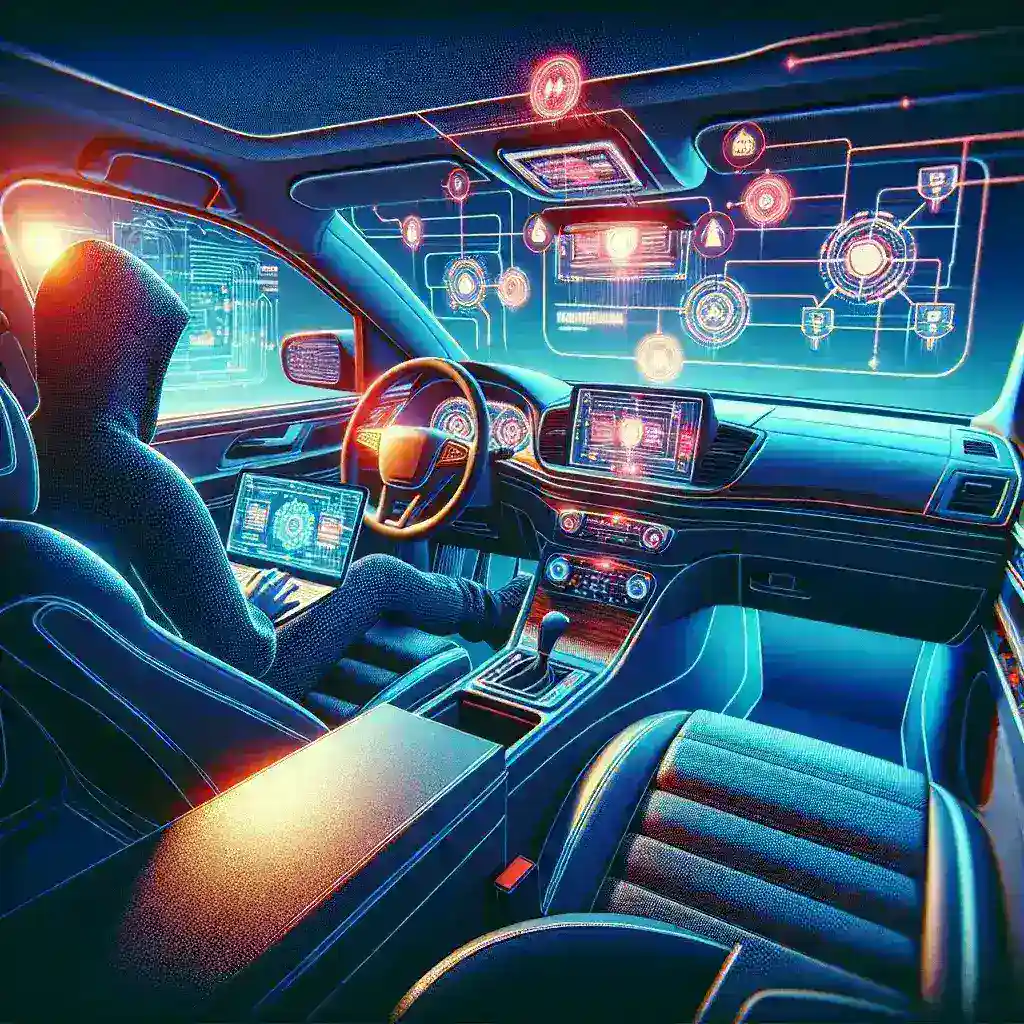Understanding Automotive Infotainment Systems
Automotive infotainment systems have revolutionized the driving experience, merging entertainment with information and connectivity. These systems include features like navigation, music streaming, and hands-free calling, all designed to enhance user interaction while driving.
The Evolution of Infotainment Systems
Initially, car radios provided basic music options. Over the years, advancements in technology led to the integration of digital displays, internet connectivity, and smartphone interfaces. Now, these systems offer drivers a plethora of functionalities, but this evolution also comes with increased risks.
The Rise of Cybersecurity Concerns
As infotainment systems become more complex and interconnected, the susceptibility to hacking poses a serious threat. Recent studies have shown that vulnerabilities exist in various systems, risking safety and privacy for users.
Recent Hacking Incidents
There have been notable cases where hackers exploited vulnerabilities within automotive infotainment systems. For instance, researchers have demonstrated the ability to take control of a vehicle remotely through its infotainment system, highlighting the urgent need for robust cybersecurity measures.
Key Vulnerabilities Identified
- Weak Authentication: Many systems lack strong authentication processes, making it easier for unauthorized access.
- Software Flaws: Bugs and flaws in software can be exploited by hackers to gain control of the system.
- Insecure Communication: If data transmitted between the vehicle and external sources is not encrypted, it can be intercepted.
The Importance of Testing for Vulnerabilities
Testing automotive infotainment systems for susceptibility to hacking is crucial. Manufacturers must prioritize cybersecurity by conducting thorough assessments and implementing best practices.
Types of Testing
Various methodologies can be adopted to test the security of infotainment systems:
- PEN Testing: Penetration testing simulates cyber-attacks to identify vulnerabilities.
- Code Review: Scrutinizing the source code for potential security flaws enhances system reliability.
- Compliance Audits: Ensuring compliance with industry standards helps maintain security integrity.
Recommendations for Manufacturers
To safeguard infotainment systems against hacking, manufacturers should consider the following strategies:
- Implement Strong Security Protocols: Utilize robust encryption and authentication methods.
- Regular Software Updates: Provide timely updates to patch vulnerabilities.
- User Education: Inform drivers about potential risks and safe usage practices.
Future Implications
The future of automotive infotainment systems will likely see further integration with smart technologies, enhancing connectivity but also increasing the complexity of security challenges. Manufacturers will need to stay ahead of threats to protect users and maintain trust.
Expert Opinions
Experts in automotive cybersecurity emphasize the need for a proactive approach. “As technology evolves, so do the tactics employed by cybercriminals. It’s essential for manufacturers to continuously assess and improve their security measures,” says Dr. Jane Smith, a leading automotive cybersecurity researcher.
Conclusion
Automotive infotainment systems play an essential role in modern vehicles, but their susceptibility to hacking cannot be ignored. Manufacturers and users alike must prioritize cybersecurity to ensure a safe driving experience. As we look towards a future filled with more advanced technologies, the responsibility to secure these systems becomes even more critical.
Call to Action
Stay informed about the latest developments in automotive cybersecurity. As a consumer, consider vehicles with robust security features and be proactive in understanding how to protect your digital space.

